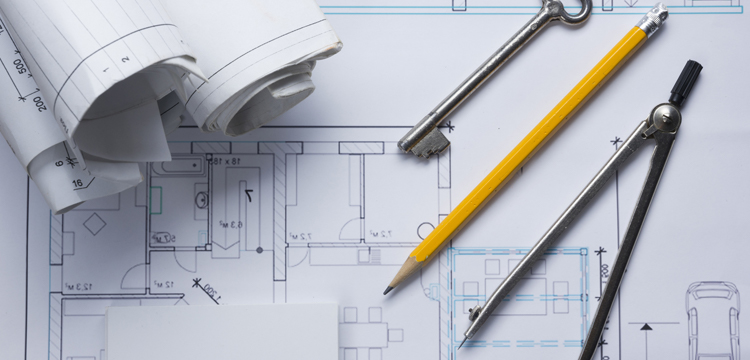In the UK we have a great tradition of architectural and engineering innovation and with the advance of technology, the design process involves not just pioneering ideas but pioneering methods to test and develop those ideas.
Many Architects are harnessing the latest digital technology and experimenting with using new materials. And innovation at the ideas level is often accompanied by innovation in construction methods. So it should come as no surprise that many architects and engineers are eligible to claim Research & Development (R&D) tax credits so long as the claimant body is a limited company (LLPs are not eligible).
In their article 'Top ten construction innovations' published in 2015 Raconteur highlighted some of the latest construction related innovations including:
- Self-healing concrete
- Thermal bridging materials
- Photovoltaic glazing
- Kinetic roads
- Predictive software
- 3D modelling
- Molecular construction
Before it is built, every building will have developed out of an iterative process, to turn the initial ideas into a building that balances functional considerations with achieving an aesthetic and experiential appeal, to deliver the ambition within an agreed budget.
The following list of activities was identified by RIBA in their publication The UK Research and Development Tax Credit Scheme - A guide for architects as more likely to fall within the scope of what qualifies as R&D for tax credits:
- study of material performance
- development of technical solutions using a combination of products and materials
- development and adaptation of technical solutions in use for a different purpose
- identification of technological improvements to performance of products and processes
- balancing of multi-criteria technical requirements to optimise performance
- design of product connections and interfaces
- development of detailed technical specifications for novel solutions and testing functionality
- prototype design and commissioning (including quality testing and final building)
- advances in software to resolve challenges
- evaluation of existing technology performance of products and processes
- review of functional requirements and identification of design constraints
- design iterations to resolve uncertainty in new technological solutions
At RandDTax we have assisted architects, engineers and metal fabricators in claiming R&D tax credits.
Here are examples of a few projects that involved R&D:
- Developing a renewable energy driven cooling system for canopy covered, public, open areas in a hot, sunny climate.
- An architectural project that involved studying plants and living creatures to see how they cope with a range of environmental factors, to inform pioneering approaches to architectural design.
- Innovative structural steel work for a bridge and for the curved roof, steel staircases and entrance canopy for an educational building.
- Developing an architectural and engineering solution for a building that included a cantilever hot tub, a sliding roof and a suspended swimming pool.
The questions to ask are:
- Is the company using innovative methods or design innovative processes or structures?
- Do they employ technical and engineering staff or subcontractors?
- Is there some scientific or technological uncertainty in how to achieve the intended innovative results?
- Do they spend significant levels of staff time and/or money on resolving those uncertainties?
If they do, then you really should check their R&D tax credit eligibility. It's quite easy to find out, quick to do and will cost nothing as most R&D tax credit specialists don't make any charge for an initial assessment. It can be done in as little as 10 minutes over the phone. All you have to do is call one!
What happens next?
You will want to know how much their claim is worth and again, most good specialists will make no charge to advise you on the potential cash benefit.
They earn their fee from providing you with support once the company has decided to go ahead. They'll help you to make the case for your client's claim to maximise the total value. Since the fees they change your client are commonly contingent on success, it's a low risk process.
What does it cost?
Any benefits the company gets goes straight onto the bottom line, so it is a welcome 'windfall' especially considering that they probably did not know they were eligible in the first place.
Checking whether a company can claim is quick, painless and costs nothing.

You need to sign in or register before you can add a contribution.